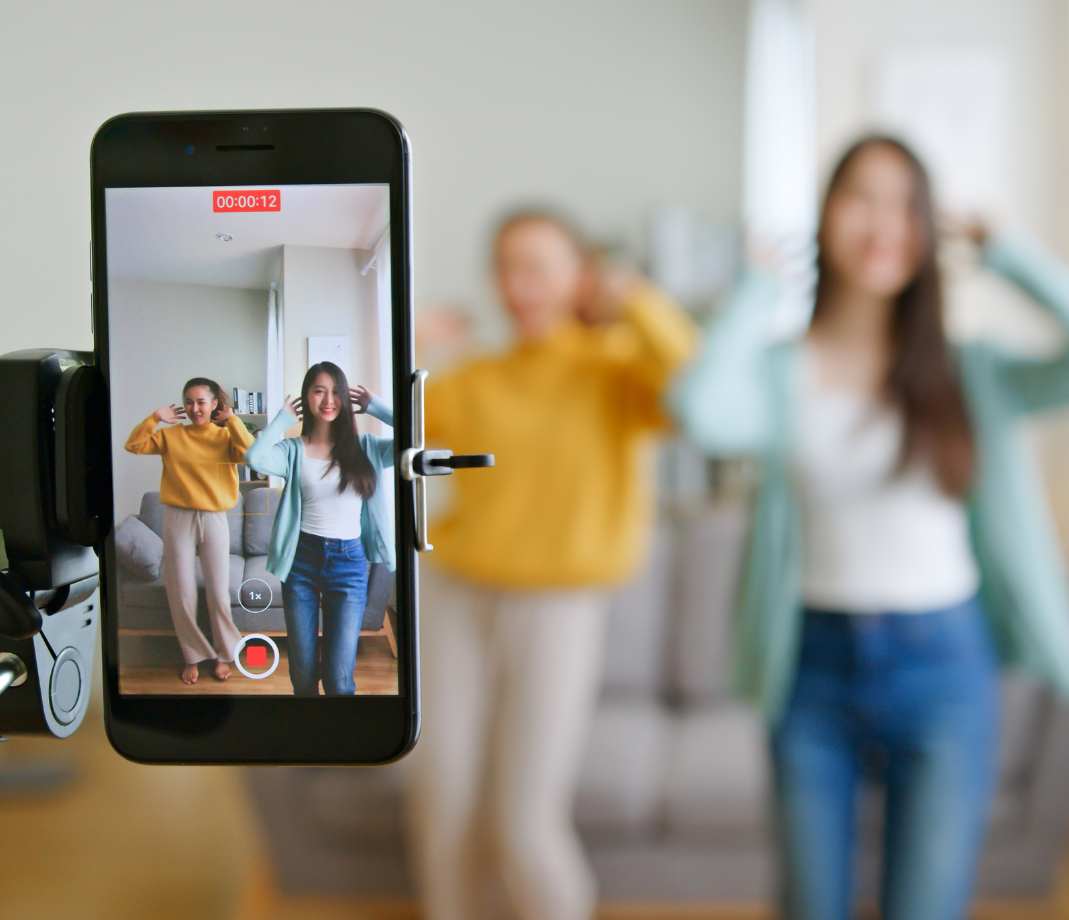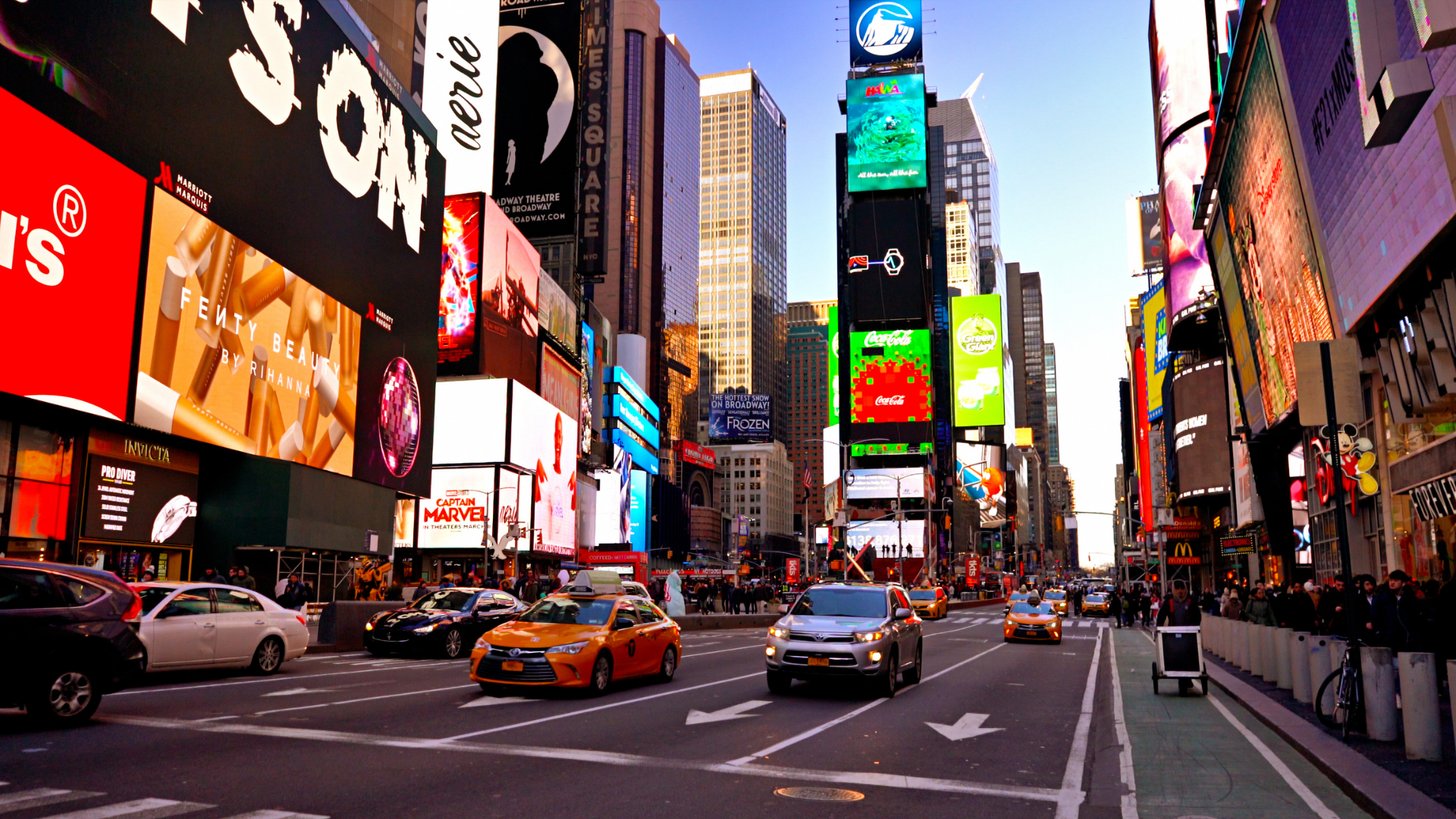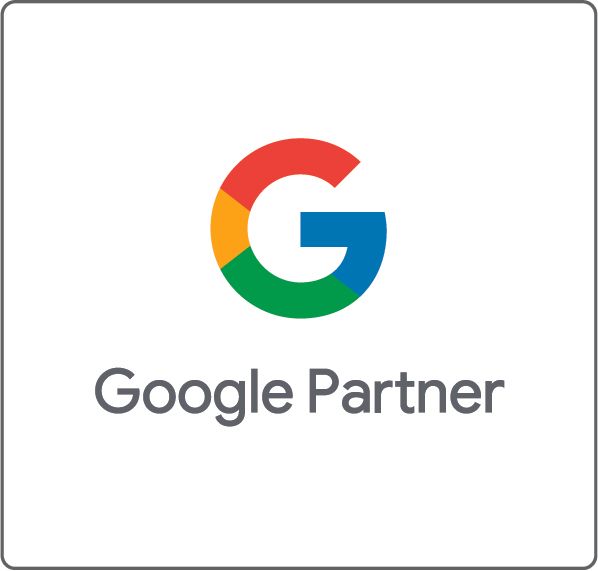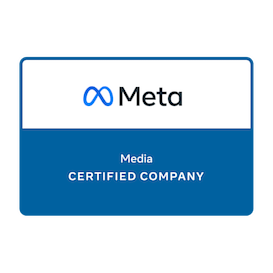The U.S. Looks to Ban TikTok in the New Year: What it Means for Marketers
Since its release in 2016, TikTok has become a popular video-sharing app used by over 170 million Americans. Contrary to its popularity, a federal appeals court recently upheld a law targeting TikTok due to its ties to China, requiring the app to either divest from its Chinese parent company, ByteDance, or leave the U.S. market by Jan. 19, 2025.
The Court’s Decision and the TikTok Ban
On Dec. 6, a panel of federal judges from the U.S. Court of Appeals for the District of Columbia ruled that national security concerns over TikTok’s Chinese ownership justify the law, even without concrete evidence of harm. The U.S. government alleges that ByteDance could grant the Chinese government access to American user data or manipulate content through TikTok’s algorithm - claims TikTok denies, noting that no evidence has been presented to prove this. ByteDance now faces a significant challenge, as selling TikTok would require approval from the Chinese government, which Beijing has publicly opposed.

Why the Ban?

The U.S. government frames TikTok as a potential national security threat due to its data collection capabilities and Chinese ties. Lawmakers from both parties have voiced concerns that the Chinese government could exploit TikTok in ways that jeopardize American privacy and security. TikTok tried to counter this law by emphasizing freedom of speech, arguing that banning the platform would limit Americans’ ability to exchange ideas and express themselves. Advocacy groups like the American Civil Liberties Union (ACLU) support this stance, warning that a ban could set a dangerous precedent for government interference in online communication platforms.
What Does this Mean for Marketers?
A ban on TikTok would significantly affect users, creators and marketers. The app’s algorithm, massive user base and short-form video format has made it an essential tool for reaching and engaging Gen Z audiences and driving creative campaigns. Here are three ways marketers may have to adapt if the ban gets passed:

- Diversify Social Media Channels: Marketers should be prepared to expand beyond TikTok, prioritizing platforms like YouTube, Instagram and YouTube Shorts. A recent survey found that 46% of users plan to spend more time on YouTube if TikTok is banned, followed by 39% on Instagram and 38% on YouTube Shorts. These platforms offer algorithmic discovery features similar to TikTok, making them natural alternatives to maintain visibility and engagement.
- Adapt Content Strategies: TikTok’s algorithm and focus on short, engaging videos made it a standout platform for delivering creative, interactive campaigns. While Instagram Reels and YouTube Shorts support similar content styles, marketers may need to fine-tune their approach for each platform’s unique culture and user expectations. Experimenting with creative formats and tracking performance metrics will be critical to staying ahead.
- Prepare for Increased Advertising Competition: A surge of displaced TikTok advertisers
will likely drive up competition – and costs – on alternate platforms. Brands should budget for higher spending while exploring emerging platforms offering lower-cost opportunities to stand out.
Implications and the Future of Social Media
A TikTok ban would disrupt creators, businesses and everyday users who rely on the app while signaling stricter tech regulations on other foreign-owned apps in the U.S. This move reflects ongoing U.S.-China tensions over the control of digital spaces and data security. ByteDance’s next steps – and the U.S. government’s enforcement of this law – will ultimately decide TikTok’s future in America.
For marketers, creators and users, the weeks ahead will call for adaptability, innovation, and keeping a keen eye on the evolving digital landscape. At SparkShoppe, we’re always on top of the latest trends and news.
Contact us today to stay ahead of the curve and create your future-ready marketing strategies, no matter how the digital world shifts.
















